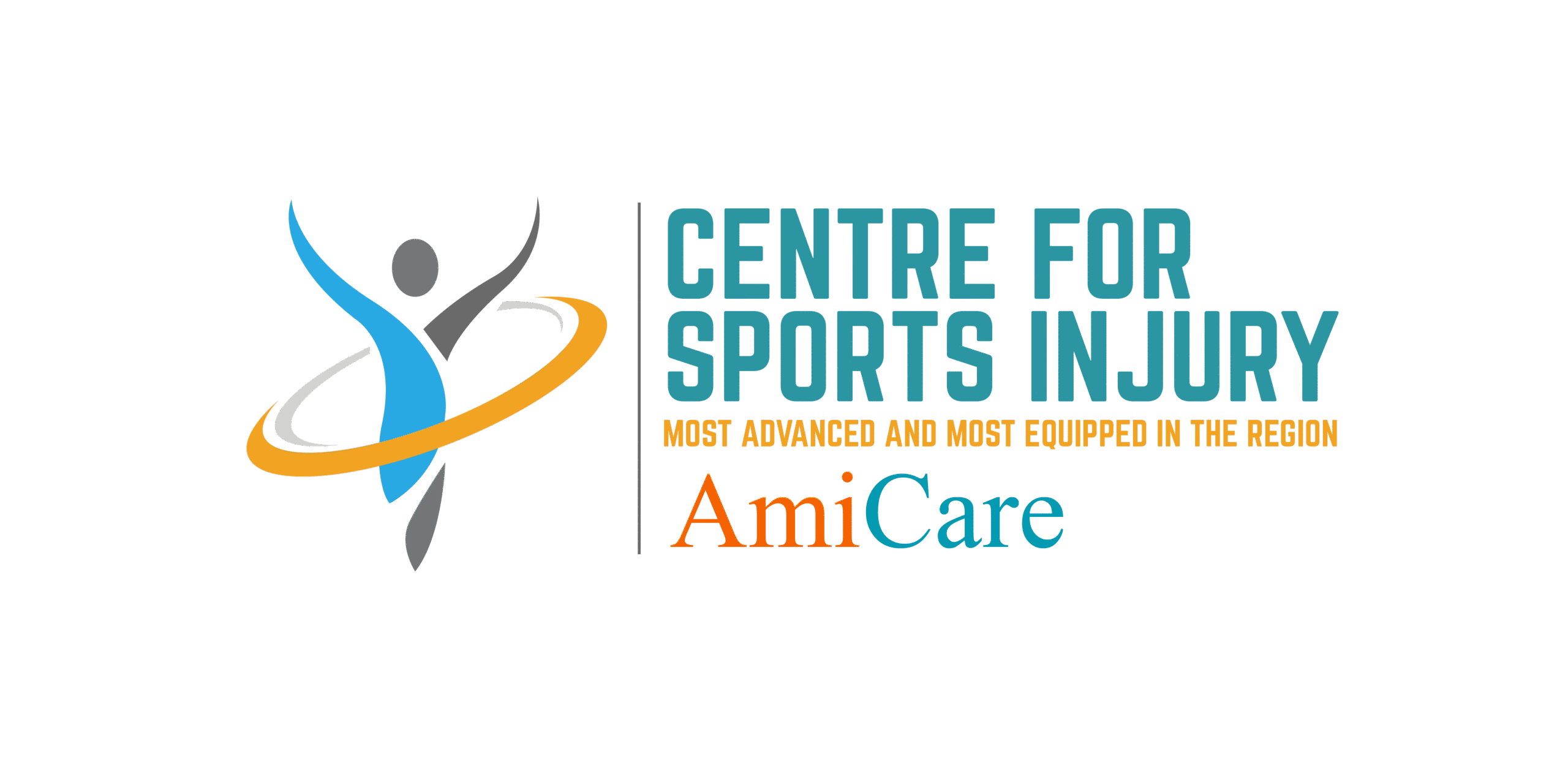ACL Injury & Reconstruction Surgery
Injury Management for Runners – Expert Care for a Stronger Comeback
At Amicare, we understand that running is more than just a sport — it’s a passion, a lifestyle, and for many, a pathway to better health. However, the repetitive impact and physical demands of running can sometimes lead to painful sports injuries that affect performance and daily life. As specialists in sports injury care, we are dedicated to helping runners and athletes recover quickly, prevent future injuries, and return to the track, trail, or road stronger than before. Our expert team combines advanced diagnostic tools, personalized treatment plans, and cutting-edge rehabilitation techniques to ensure you get back to doing what you love — safely and efficiently.
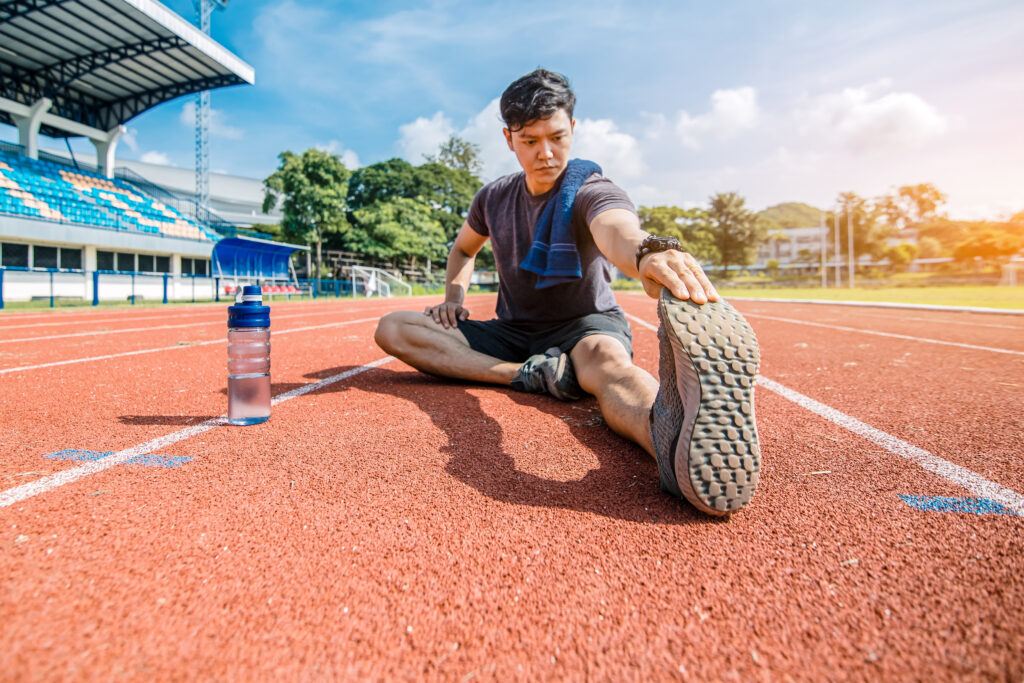
What are runner injuries?
Running is a high-impact sport that can lead to a variety of sports injury conditions if proper training, recovery, and body mechanics are not maintained. These injuries often occur due to repetitive stress on muscles and joints, poor running form, or sudden changes in training intensity. Below are the most common running injuries seen in both professional athletes and recreational runners, along with their causes, symptoms, and treatment approaches.
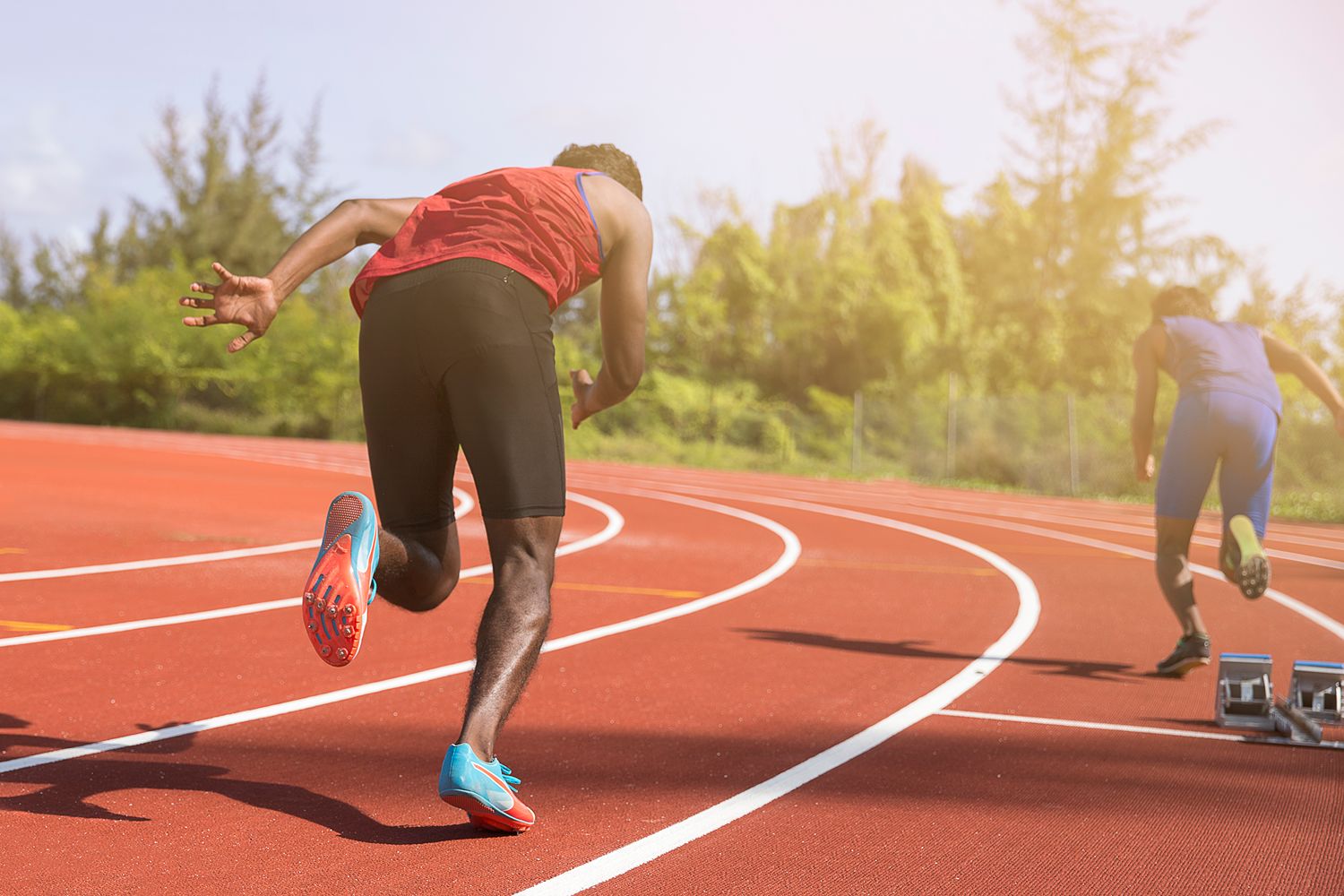
Notice the Signs Before It’s Serious
Symptoms of Running-Related Sports Injuries
Swelling or inflammation
Persistent pain in the knees, shins, heels, ankles, or hips, especially during or after running.
Persistent pain in the knees
Many athletes report hearing a “pop” at the moment of injury—an instant red flag.
Muscle stiffness
Muscle stiffness or tightness that limits movement.
Sudden sharp pain during activity
Sudden sharp pain during activity, often a sign of a strain, sprain, or tear.

Types of Running Injuries in Runners & Athletes
Runner’s Knee (Patellofemoral Pain Syndrome)
Runner’s Knee is one of the most common sports injuries among runners, characterized by pain around or behind the kneecap. It is usually caused by overuse, weak thigh muscles, or misalignment of the kneecap during movement. This injury often worsens when running, squatting, or climbing stairs, and requires early intervention to prevent chronic discomfort.
- Pain worsens during running, stair climbing, or prolonged sitting
- Caused by overuse, poor running form, or muscle imbalances
- Treated with rest, physiotherapy, and gait correction
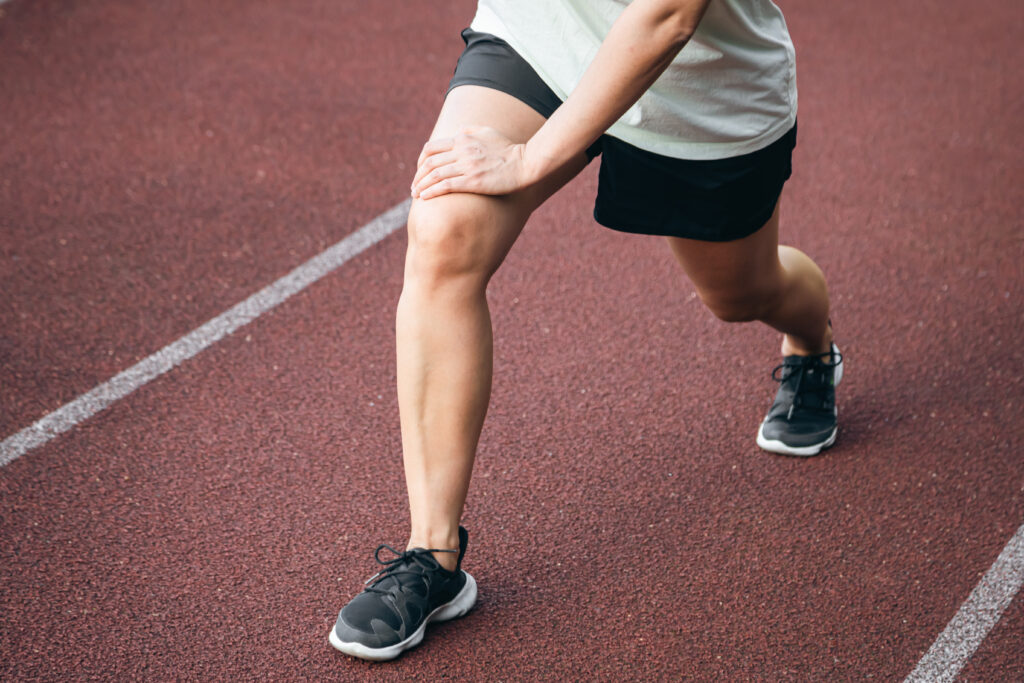
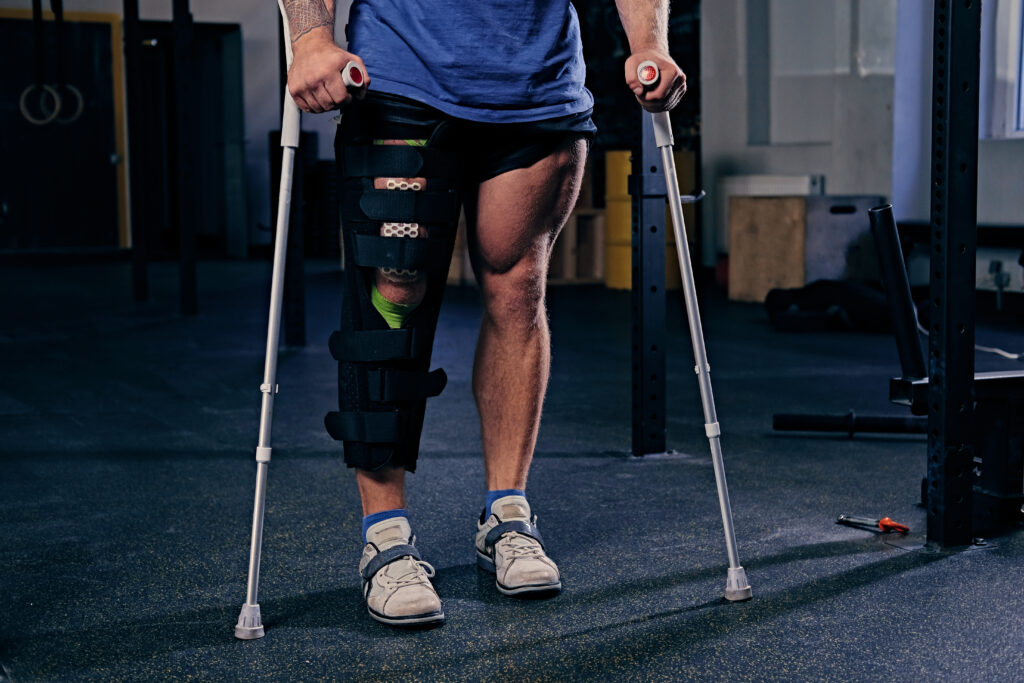
Stress Fracture
A stress fracture is a tiny crack in the bone caused by repetitive force, often from running long distances without proper recovery. This condition is common in the shinbone, foot bones, and hip bones of runners. The pain typically increases during activity and subsides with rest, but without proper treatment, it can lead to more severe bone damage.
- Localized pain that intensifies with activity and improves with rest
- Often caused by sudden mileage increases or inadequate recovery
- Managed with rest, cross-training, and gradual return to running
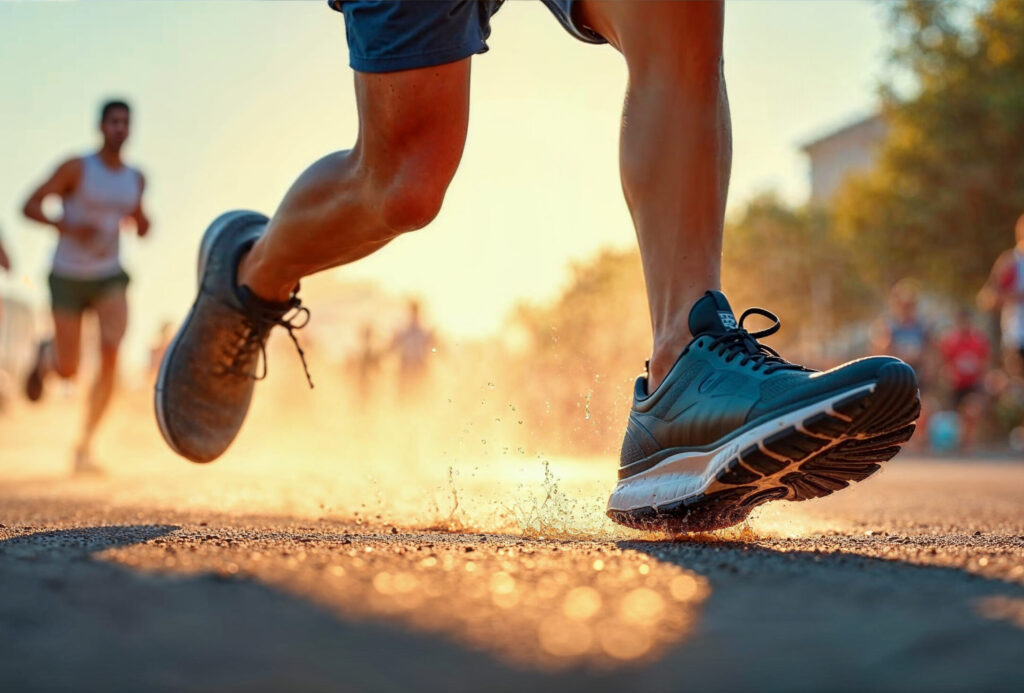
Shin Splints (Medial Tibial Stress Syndrome)
- Shin Splints cause pain along the front or inner side of the shinbone and are common in runners who increase their training intensity too quickly.
- Pain and tenderness along the shinbone, sometimes with mild swelling
- Triggered by running on hard surfaces or rapid training increases
- Treated with rest, ice therapy, stretching, and supportive shoes
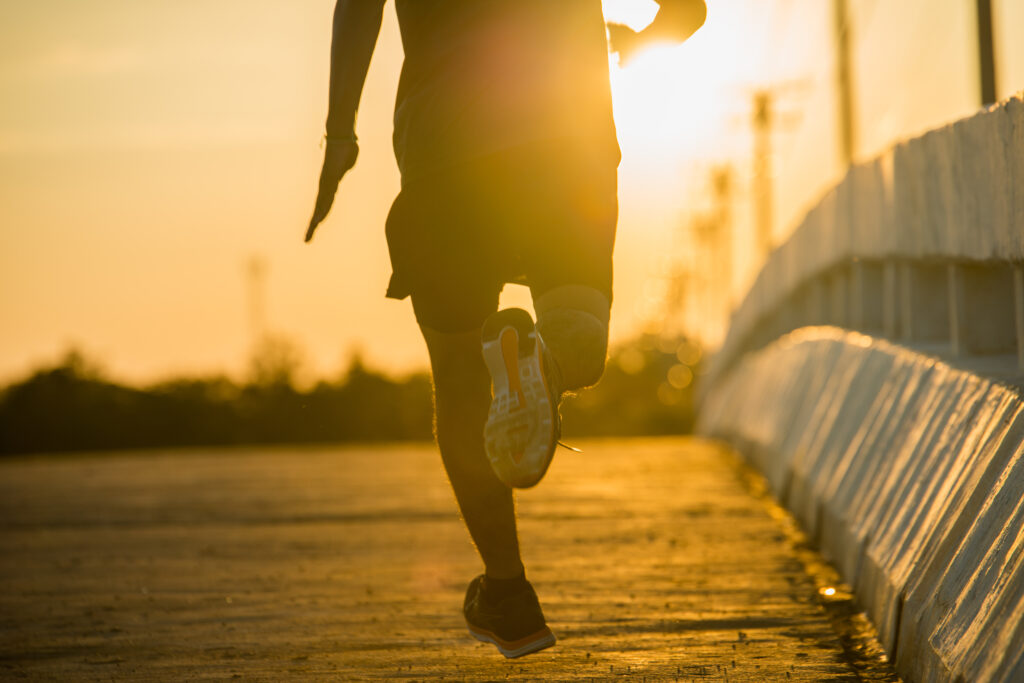
Achilles Tendinopathy
- This condition affects the Achilles tendon, which connects the calf muscles to the heel bone.
- Stiffness and pain at the back of the ankle, especially in the morning
- Caused by repetitive strain, poor flexibility, or improper footwear
- Managed with calf stretches, strengthening, and activity modification
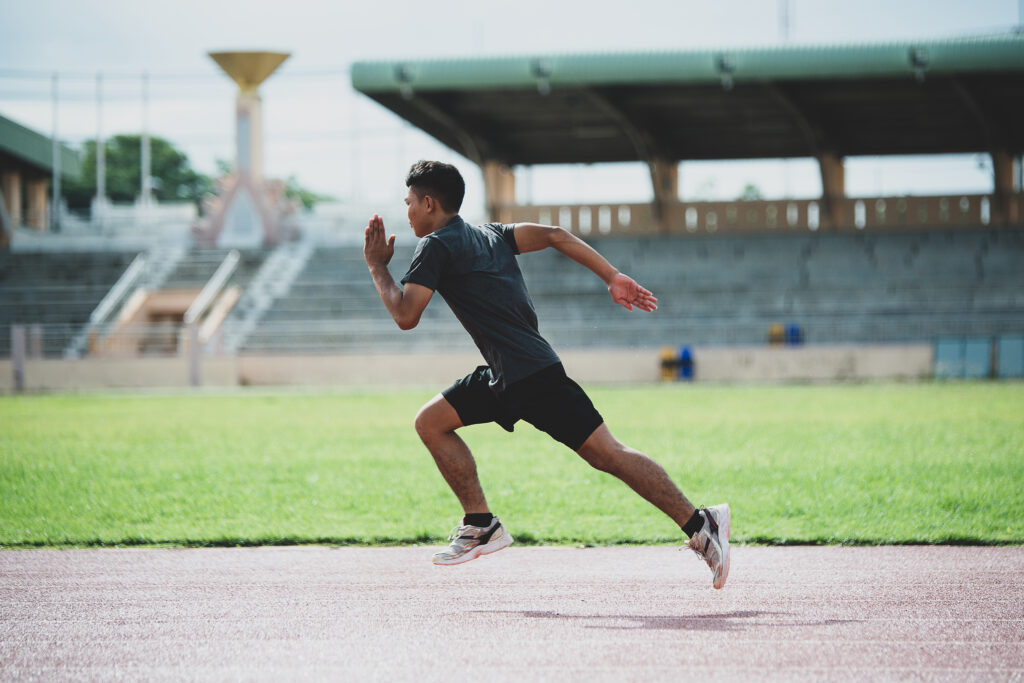
Muscle Pull (Muscle Strain)
- A muscle pull occurs when muscle fibers are overstretched or torn, often due to sudden bursts of speed, inadequate warm-up, or fatigue.
- Sudden sharp pain during activity, often followed by swelling
- Common in hamstrings, quadriceps, calves, and hip flexors
- Treated with the R.I.C.E. method, followed by gradual stretching and strengthening
Ankle Sprain
An ankle sprain occurs when the ligaments that support the ankle are stretched or torn, often due to twisting the foot on uneven ground. This is a frequent sports injury in runners, especially those who run on trails or uneven surfaces. Depending on the severity, it can cause mild discomfort or significant swelling and instability.
- Sudden pain, swelling, and bruising around the ankle after a twist or fall
- Often caused by running on uneven terrain or poor footwear support
- Treated with the R.I.C.E. method, bracing, and rehabilitation exercises to restore stability
Plantar Fasciitis
Plantar fasciitis is a painful condition affecting the thick band of tissue (plantar fascia) running across the bottom of the foot. It is common in runners due to repetitive stress on the arch, particularly when wearing unsupportive shoes or training on hard surfaces. The hallmark symptom is sharp heel pain, especially during the first steps in the morning.
- Sharp heel or arch pain, worse after rest or in the morning
- Caused by overuse, poor arch support, or tight calf muscles
- Managed with stretching, orthotics, proper footwear, and physiotherapy
IT (Iliotibial) Band Syndrome
IT Band Syndrome is an overuse injury causing pain on the outside of the knee or thigh. The iliotibial band is a thick strip of connective tissue running from the hip to the shin, and repetitive friction can lead to inflammation. It’s particularly common in long-distance runners who do not stretch or strengthen their hip muscles adequately.
- Pain or tightness on the outer side of the knee or thigh
- Triggered by repetitive bending of the knee during running
- Treated with stretching, foam rolling, hip strengthening, and activity modification
Blisters
Blisters are small fluid-filled pockets that develop on the skin due to friction, often between the foot and the shoe. While they may seem minor, they can cause significant discomfort for runners and even lead to infection if untreated.
- Painful fluid-filled bubbles on the skin, usually on toes or heels
- Caused by friction from ill-fitting shoes or wet socks
- Managed by keeping the area clean, using protective padding, and preventing moisture buildup
Temperature-Related Injuries
Running in extreme weather can lead to temperature-related injuries such as heat exhaustion, heatstroke, or frostbite. These are serious conditions that require immediate attention and prevention strategies. Heat injuries often occur in hot, humid conditions, while cold injuries are common in winter running.
- Heat-related symptoms include dizziness, nausea, excessive sweating, or confusion
- Cold-related symptoms include numbness, tingling, or skin discoloration
- Prevented by proper hydration, weather-appropriate clothing, and pacing strategies
Why Choose Amicare for Injury Management for Runners
At Amicare, we understand that every runner’s body, training routine, and injury history are unique. Our sports injury specialists combine medical expertise with a deep understanding of athletic performance to ensure you recover stronger and faster.
Here’s why runners trust us:
Specialized Sports Injury Expertise – Our team is experienced in diagnosing and treating a wide range of running-related injuries, from minor strains to complex joint issues.
Comprehensive Assessment – We use advanced diagnostic tools and movement analysis to pinpoint the exact cause of your injury and prevent recurrence.
Personalized Recovery Plans – Every runner receives a tailored rehabilitation program focusing on pain relief, mobility restoration, and performance improvement.
State-of-the-Art Facilities – Access to modern therapy equipment, rehabilitation technology, and sport-specific training aids.
Preventive Care Focus – We don’t just treat injuries — we help you avoid them through training advice, gait analysis, and strength conditioning guidance.
Athlete-Centric Approach – Whether you’re a marathoner, sprinter, or casual jogger, we ensure you return to your sport safely and at peak performance.
Frequently Asked Question
When you experience a sports injury, the first step is to rest and avoid activities that worsen the pain. Apply the R.I.C.E. method (Rest, Ice, Compression, Elevation) to control swelling and inflammation. Seeking medical attention from a sports injury specialist is crucial to accurately diagnose the problem and start an appropriate treatment plan.
The best exercise depends on the type and severity of the injury. Low-impact activities like swimming, cycling, and aqua jogging are often recommended to maintain cardiovascular fitness without putting excess stress on the injured area. Your sports injury doctor or physiotherapist can design a safe rehabilitation exercise plan for you.
If you’re experiencing pain while running, it’s important to stop and identify the cause rather than push through. Use ice therapy post-run, wear supportive footwear, and consider incorporating stretching and strengthening exercises. Persistent pain should be evaluated by a sports injury specialist to prevent long-term damage.
Runners can maintain fitness during recovery by focusing on cross-training activities that don’t aggravate the injury. Options include swimming, cycling, yoga, or upper-body strength training. Working with a sports injury clinic ensures you follow a plan that promotes healing while keeping your body in optimal condition.
